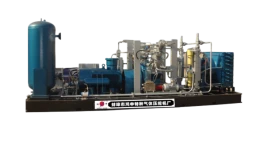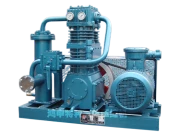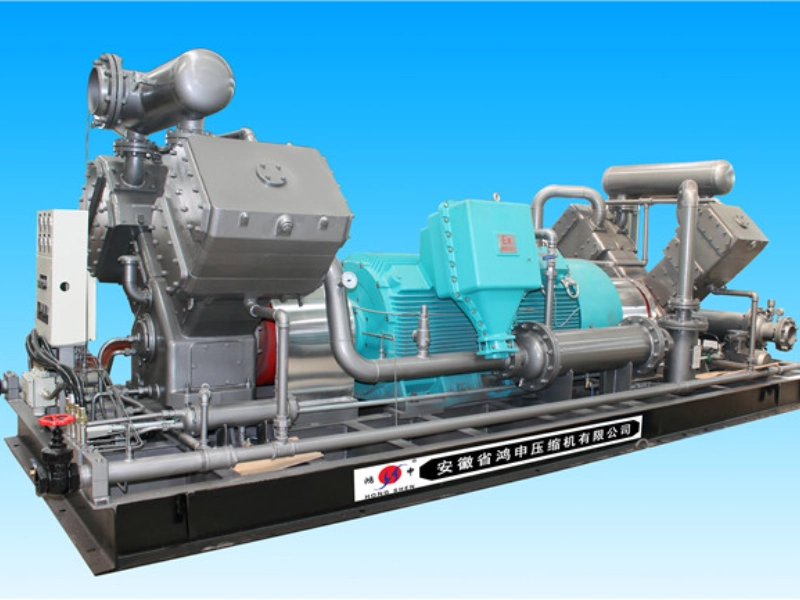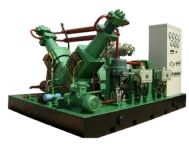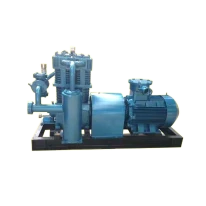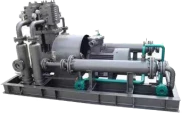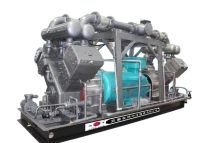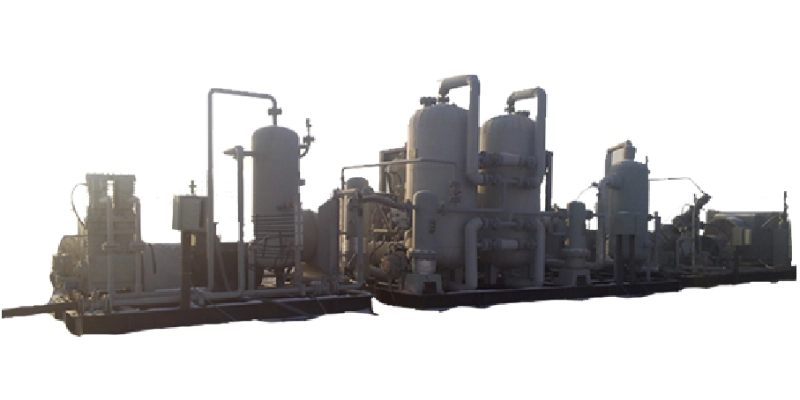The main reason for using CNG filling station dehydration equipment to dehydrate natural gas is to prevent moisture from causing harm to equipment, pipelines and their systems, while ensuring the quality and transportation efficiency of the gas.
Functions of CNG filling station dehydration device:
Prevent equipment corrosion
The moisture in natural gas will react with the metal in the pipeline and equipment, causing corrosion. Corrosion will not only damage the service life of equipment and pipelines, but may also cause leakage and increase safety hazards.
Prevent water vapor from freezing
The moisture in natural gas may freeze under low temperature conditions, especially during gas transportation. The frozen moisture will cause pipelines and equipment to be blocked, affecting the normal flow of natural gas and even causing system shutdown.
Improve combustion efficiency
Water will reduce the calorific value of natural gas and affect the combustion effect. After removing the water, the calorific value of natural gas will increase, and more energy can be released during combustion, improving energy utilization efficiency.
Avoid hydrate formation
Under low temperature and high pressure, the water in natural gas may form hydrates with other components in the gas (such as methane, ethane, etc.), which may cause pipeline blockage and affect natural gas transportation.
Ensure the normal operation of gas filling stations
For natural gas filling equipment such as CNG filling stations, excessive water will affect the filling process and even cause equipment damage. The dehydration device can ensure that the natural gas does not contain water during filling, ensuring the smooth progress of the filling process.
Common CNG filling station dehydration technologies:
Adsorption dehydration
The dehydration effect is achieved by adsorbing water in natural gas through adsorbents such as molecular sieves and silica gel. This technology is simple to operate and stable, and is suitable for most gas filling stations.
Condensation dehydration
The natural gas is cooled to a low temperature, so that the water in the gas condenses into liquid and then separates. This method is usually suitable for gas filling stations with large gas flow.
Chemical dehydration
The moisture in natural gas is adsorbed using hygroscopic materials (such as calcium chloride), which is suitable for small and medium-sized gas filling stations, especially in some dry areas.
The high pressure CNG filling station dehydration device removes moisture from natural gas to avoid corrosion, icing, hydrate formation and other problems, ensures the normal operation of the filling station equipment, improves the CNG gas quality and combustion efficiency, and ensures safe operation, thereby providing users with high-quality and stable compressed natural gas.

